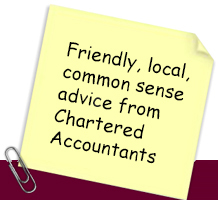The free software provided to small businesses by HM Revenue & Customs is failing to file real-time PAYE submissions. The Basic PAYE Tools (BPT)software package is available to employers with nine or fewer employees, and is designed to work out tax and national insurance contributions for each payroll cycle, and report it to the taxman in real-time.
However, a software issue has seen an error message appear when employers attempt to make PAYE submissions, while taxpayers calling the RTI helpline were met with a recorded message acknowledging the fault and assuring them the issue was being investigated.
An element of Windows, known as a registry key, has been removed in a Windows update. The key is needed to enable full function of the software. Without its presence, the software is unable to successfully submit the information.
HMRC has published guidence advising users that although information about restoring the key is available from various sources online, HMRC itself cannot provide instruction on how to, as it is unsure why the key was removed.
The taxman will, however, release a software update at the end of May negating the need for the key. In the meantime, taxpayers are advised to continue running the payroll system as normal and submit the information once the update has been installed.
A spokesman for HMRC said “The roll out of RTI is progressing well. Since 6 April over one million PAYE schemes have successfully started to report PAYE in real-time. This includes over £140,000 BPT users successfully submiting returns”.
“As with any major change, a few initial problems have been identified and these are being resolved quickly. The issue referred here is not BPT fault, but we have published guidance to help those employers affected to resolve it. The vast majority of BPT users who have already started to report PAYE in real-time are successfully submitting returns without any issue.”
For information on the guidance HMRC published, click on the link below.
http://www.accountancyage.com/aa/news/2267021/hmrc-rti-software-fails-to-file-submissions

